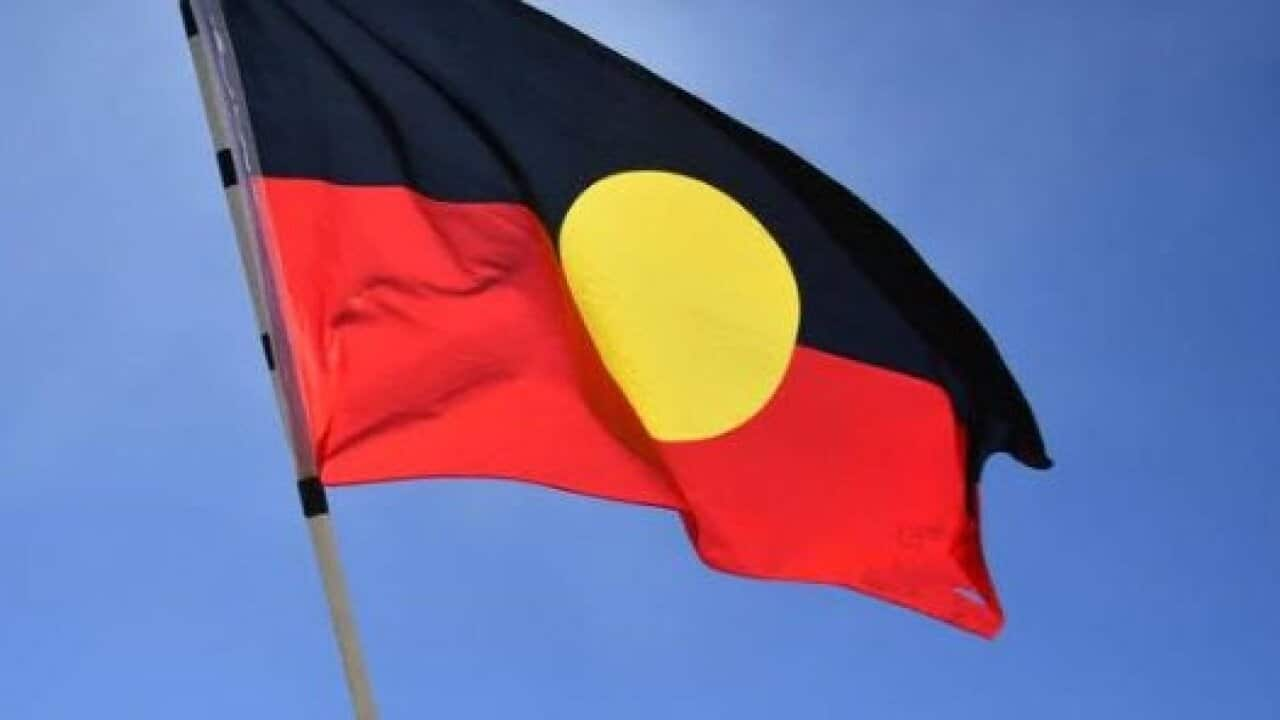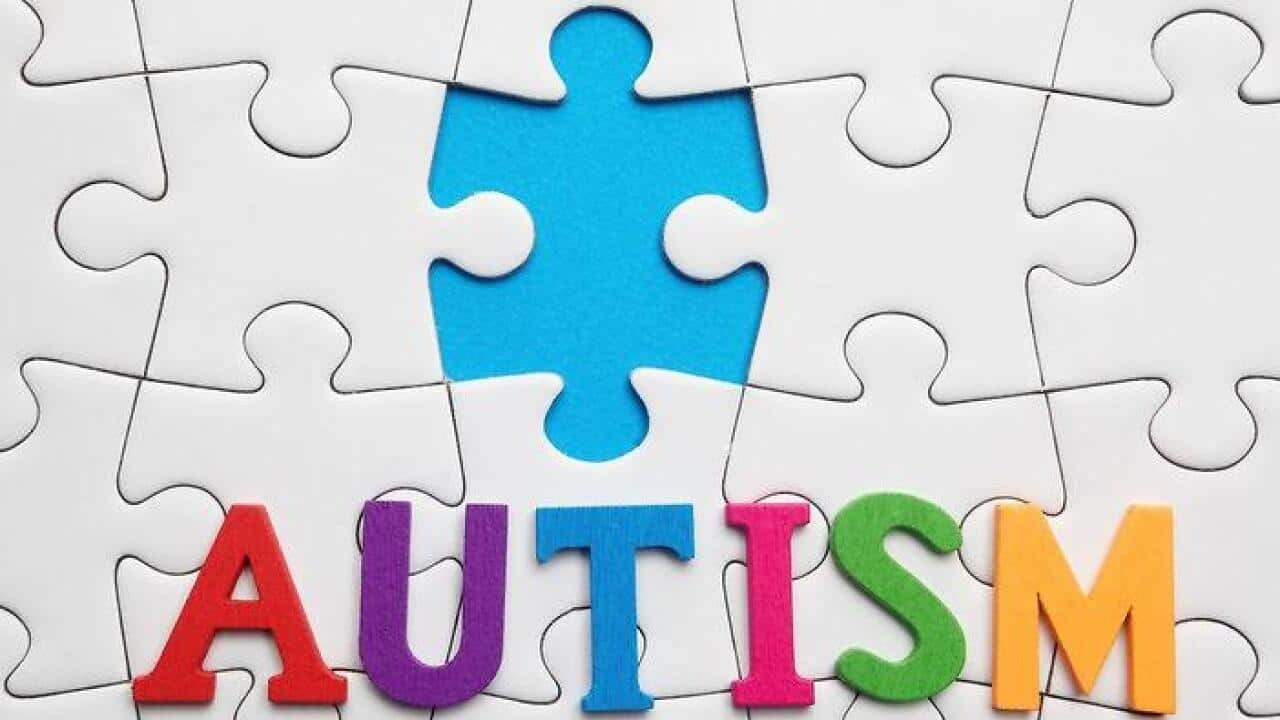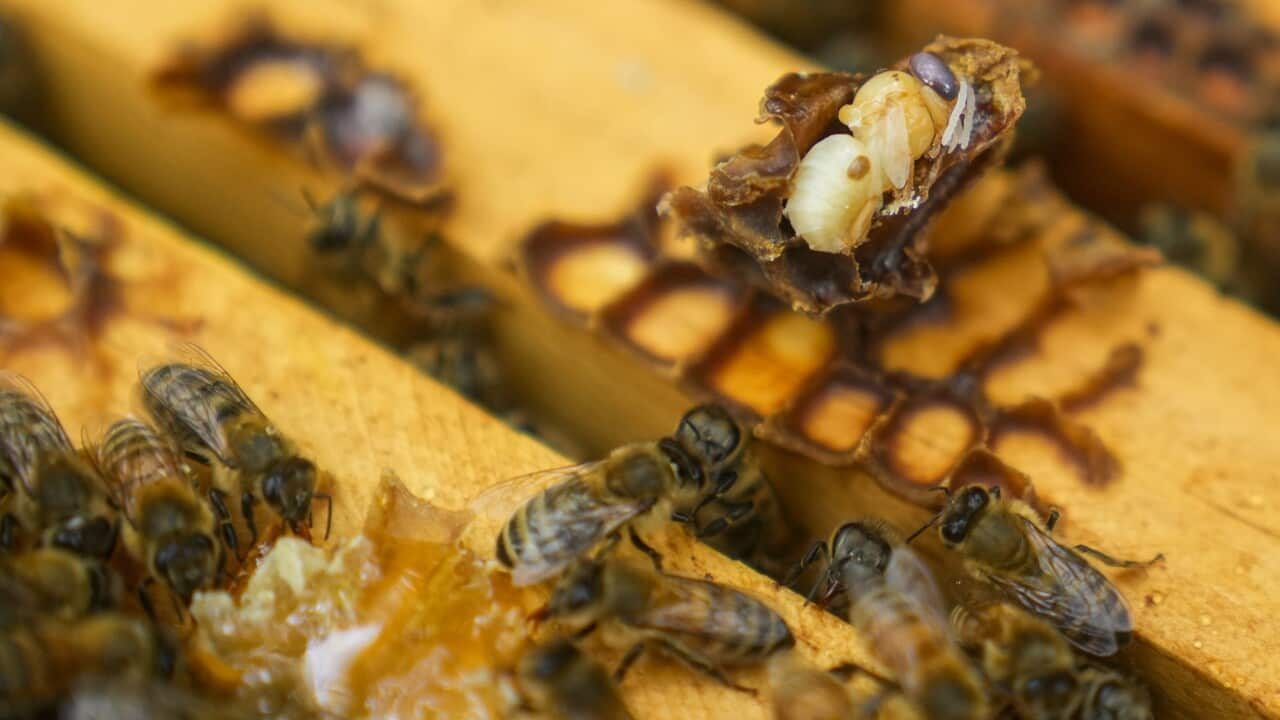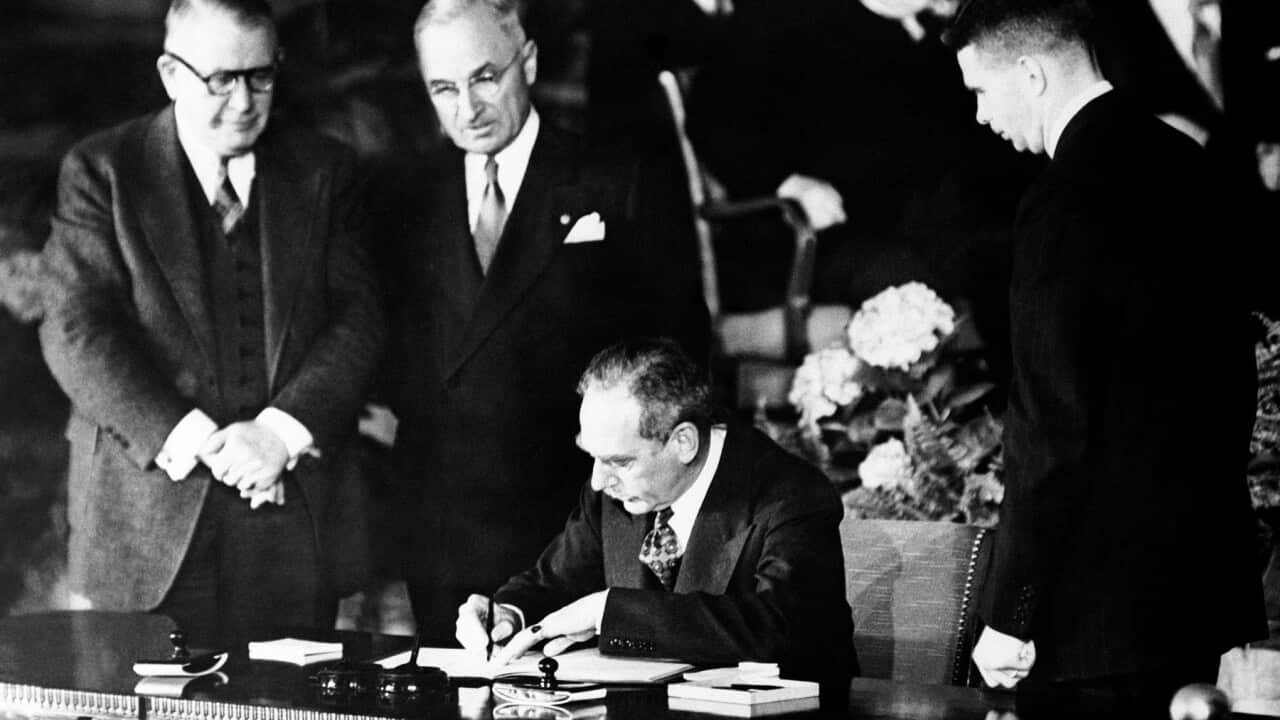Italian
I design di Clothing sono audaci, creativi e unicamente aborigeni.
Tutti i profitti dalle vendite dei cappellini, felpe e magliette che mostrano la bandiera aborigena vanno a finire in programmi che promuovono questioni sanitarie nelle comunità indigene.
Si tratta di un'iniziativa di Spark Health Australia, e gli affari andavano a gonfie vele fino a quando la fondatrice Laura Thompson ha ricevuto la scorsa settimana una lettera di diffida, che intimava di cessare l'utilizzo della bandiera aborigena.
“I’ve always been a bit nervous about using the flag and whenever I’ve seen the flag in the community, I thought should we? We’ve always struggled as Aboriginal people, I didn’t think we’d have to struggle to use the flag.”
La lettera proveniva da un'azienda chiamata WAM Clothing, che afferma di essere in possesso di una licenza esclusiva mondiale sull'utilizzo della bandiera aborigena su capi d'abbigliamento.
Thompson ha dichiarato che una organizzazione non indigena non dovrebbe essere la titolare di diritti commerciali sulla bandiera aborigena.
“It’s bizarre that a non-Indigenous company is controlling an Aboriginal flag, that I have to ask permission off a non-Indigenous person if I can share and celebrate my identity.”
Thompson ha affermato di aver cercato di contattare l'ideatore originario della bandiera, Harold Thomas, ma di non aver ricevuto risposta.
L'artista della popolazione Luritja dapprima realizzo la bandiera nel 1971, e ottenne i diritti nel 1997 da un tribunale federale dopo una disputa su chi fosse l'autore del design originale.
L'avvocato Mark Williams ha dichiarato che originariamente la questione dei diritti venne messa in discussione per proteggere la bandiera e non come un mezzo per fare soldi.
“The evidence is that originally he really just wanted a flag to join all the other flags that were campaigning for land rights and Aboriginal people, there are 600 Aboriginal nations or thereabouts, so one unifying idea was really a modern idea."
L'anno scorso WAM Clothing ha ottenuto la licenza esclusiva per riprodurre la bandiera su capi d'abbigliamento, e da allora ha inviato lettere di diffida a chi riproduce l'immagine senza permesso.
In una dichiarazione a SBS, l'azienda ha dichiarato:
"WAM Clothing ha il dovere, previsto nel suo contratto di licenza, di imporre il copyright di Harold Thomas; i passi necessari per imporlo variano da caso a caso".
E che "tutte le corrispondenze includono l'invito diretto alle organizzazioni a contattare WAM Clothing in relazione all'uso della bandiera."
SBS è venuta a conoscenza che le leghe di football AFL e la NRL hanno ricevuto anch'esse lettere di diffida sull'utilizzo della bandiera nelle magliatte dedicata all'Indigenous round, le partite in onore degli indigeni.
Un portavoce della NRL ha reso noto che l'organizzazione è al corrente dell'avviso, ma si è rifiutato di fornire ulteriori commenti.
Spark Health ha fino alla mezzanotte di mercoledì per vendere gli ultimi pezzi di merchandise con la bandiera aborigena, e sebbene abbiano dichiarato di voler rispettare le leggi sul copyright, hanno inoltre sottolineato che la schermaglia legale ha messo alla luce domande importanti su chi debba possedere la bandiera aborigena.
“This is not about Clothing the Gap selling flag clothing any more, this is about everyone being able to access the flag and use it the way they want, respectfully.”
English
Clothing the Gap designs are bold, creative and uniquely Aboriginal.
All profits from the sale of its beanies, hoodies and t-shirts that feature the Aboriginal flag are filtered into health promotion programs in Indigenous communities across Victoria.
It’s the initiative of Spark Health Australia, and business had been booming until founder Laura Thompson received a "cease and desist" letter last week, ordering her to stop using the Aboriginal flag in her designs.
“I’ve always been a bit nervous about using the flag and whenever I’ve seen the flag in the community, I thought should we? We’ve always struggled as Aboriginal people, I didn’t think we’d have to struggle to use the flag.”
The letter was from a company called WAM Clothing, purporting to be the exclusive worldwide licensee for the Aboriginal flag on clothing.
Ms Thompson says she doesn’t believe a non-Indigenous organisation should hold licensing rights over the Aboriginal flag.
“It’s bizarre that a non-Indigenous company is controlling an Aboriginal flag, that I have to ask permission off a non-Indigenous person if I can share and celebrate my identity.”
Ms Thompson says she had tried to contact the original designer of the flag, Harold Thomas, but received no reply.
The Luritja artist first made the flag in 1971, and was granted copyright in 1997 by the federal court after a dispute over who was behind the original design.
Barrister Dr Mark Williams says originally the copyright was sought to protect the flag, not as a money-making venture.
“The evidence is that originally he really just wanted a flag to join all the other flags that were campaigning for land rights and Aboriginal people, there are 600 Aboriginal nations or thereabouts, so one unifying idea was really a modern idea".
Last year WAM Clothing obtained the exclusive licence to reproduce the flag on clothing, and has since issued "cease and desist" notices to those reproducing the image without permission.
In a statement to SBS it said:
"WAM Clothing has obligations under its Licence Agreement to enforce Harold Thomas’ Copyright, steps required to enforce vary on a case-by-case basis."
And that "all correspondence includes the direct invitation for organisations to contact WAM Clothing with respect to the use of the Flag."
SBS understands that the AFL and NRL football leagues have also received letters over the use of the flag on their Indigenous round jerseys.
A spokesman for the NRL says the organisation is aware of the notices, but he declined to comment further.
Spark Health has until midnight Wednesday to sell the last of its merchandise featuring the Aboriginal flag, and while it says it’s happy to comply with copyright laws, it says the stoush has raised some important questions on who should own the Aboriginal flag.
“This is not about Clothing the Gap selling flag clothing any more, this is about everyone being able to access the flag and use it the way they want, respectfully.”
Report by Abby Dinham




